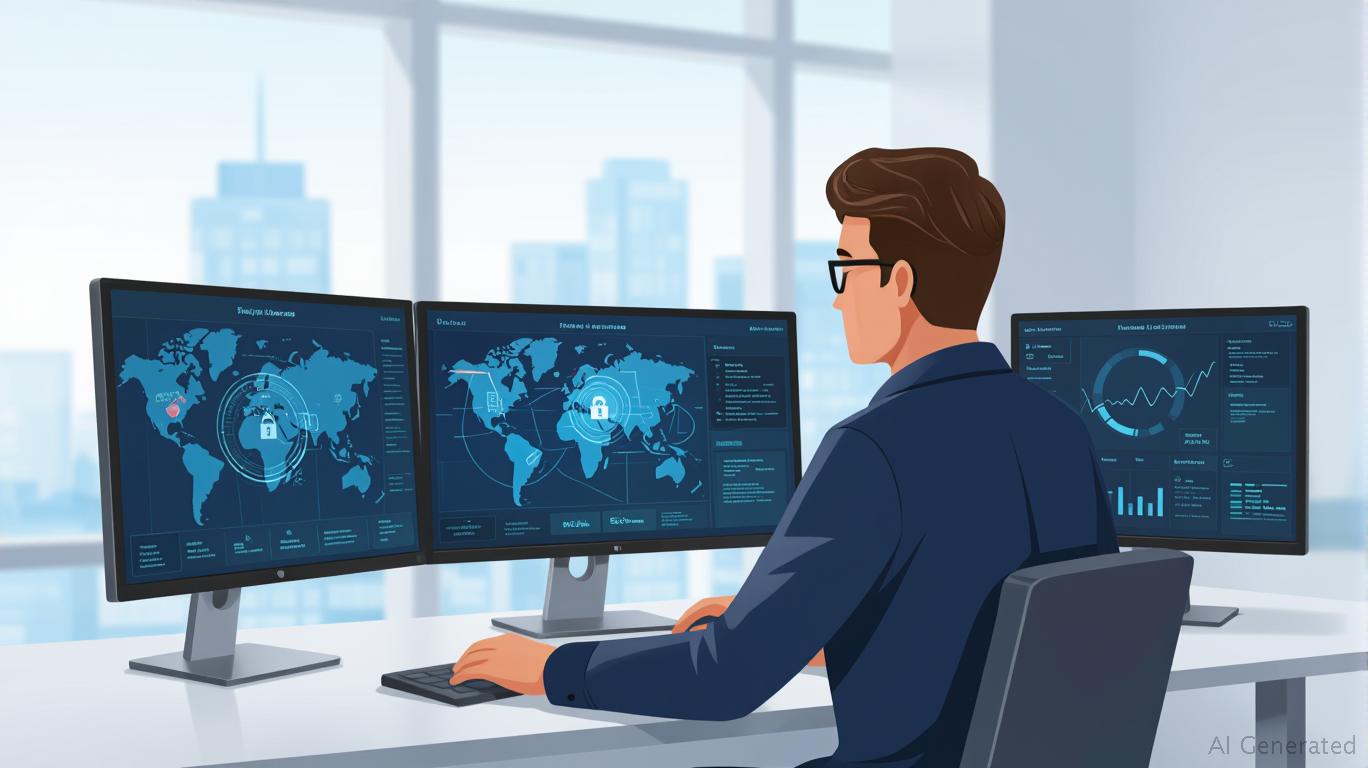The AI-Driven Cybersecurity Revolution: A Strategic Investment Play for 2025 and Beyond
Albert FoxSunday, Jul 6, 2025 2:33 am ET
![]() 2min read
2min read
The rapid evolution of cyber threats has thrust cybersecurity into the spotlight as one of the most critical areas of technological and financial investment. With ransomware attacks, data breaches, and state-sponsored intrusions escalating in frequency and sophistication, the demand for advanced solutions is soaring. At the forefront of this transformation is artificial intelligence (AI), which is not only enhancing detection and response capabilities but also redefining the economics of cybersecurity. For investors, this presents a compelling opportunity to capitalize on a sector that is both mission-critical and underpenetrated by AI-driven innovation.

Traditional cybersecurity tools, reliant on signature-based detection and static rules, are increasingly inadequate against polymorphic malware and zero-day exploits. The research highlights Dropzone AI's human-in-the-loop design, which leverages AI to accelerate incident analysis while maintaining human oversight—a model that balances automation with judgment. This approach is emblematic of a broader industry shift toward AI's role in , reducing false positives, and enabling proactive defense. For instance, the “Insight Tags” feature mentioned in Dropzone's January 2025 article allows analysts to tag and prioritize critical data points, cutting investigation time by up to 50% in some cases.
The strategic advantage here is clear: companies that embed AI into their cybersecurity frameworks can mitigate risks more effectively, reduce downtime, and protect brand equity. This is not just theoretical. A December 2024 study cited in the research underscores that AI-driven security operations centers (SOCs) can reduce alert fatigue by 40% and cut resolution times by 30%, directly boosting operational efficiency.
The global cybersecurity market is projected to grow at a compound annual growth rate (CAGR) of 10.8% through 2030, reaching $445 billion. AI's integration into this space is accelerating that trajectory. Key catalysts include:
Investors have multiple avenues to access this trend:
:
- : Stricter data privacy laws could limit AI's access to training datasets.
- : Legacy systems may resist AI adoption, favoring “bolt-on” solutions over holistic platforms.
- : Attackers could deploy adversarial AI to bypass defenses, necessitating constant innovation.
The fusion of AI and cybersecurity is no longer speculative—it is the new operational baseline for businesses and governments. While short-term volatility may persist due to macroeconomic headwinds, the long-term growth trajectory is undeniable. For investors, a balanced portfolio combining established public players like CrowdStrike and Palo Alto with exposure to AI ETFs offers a prudent entry point.
The research underscores a critical point: AI is not just a tool but a paradigm shift. Companies that fail to adopt it will lag in risk mitigation, while those that embrace it will secure a competitive edge. In a world where data is the ultimate asset, the stakes for cybersecurity—and the opportunities for investors—could not be higher.
Investment advice: Consider a 5–7% allocation to cybersecurity/AI ETFs, paired with select exposure to leaders like CRWD and PANW, while monitoring regulatory developments.








